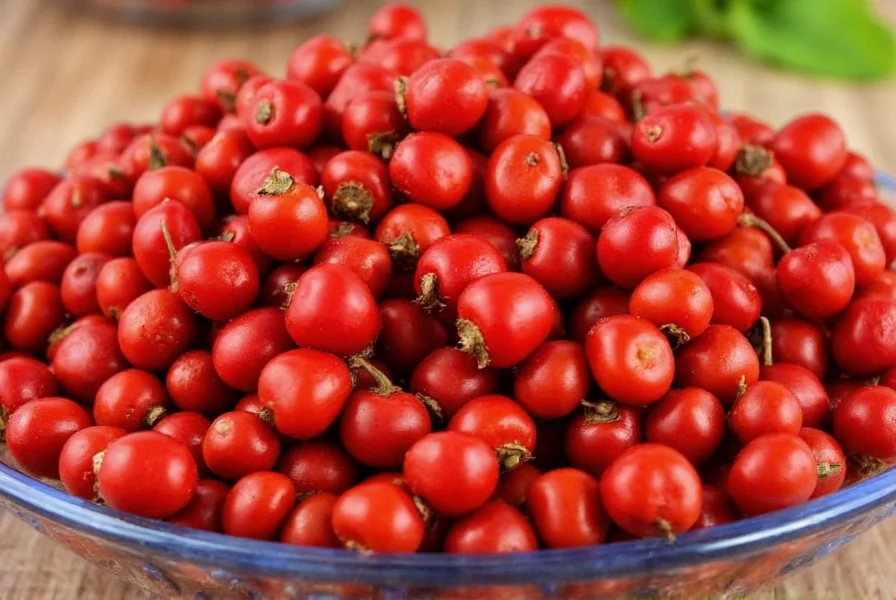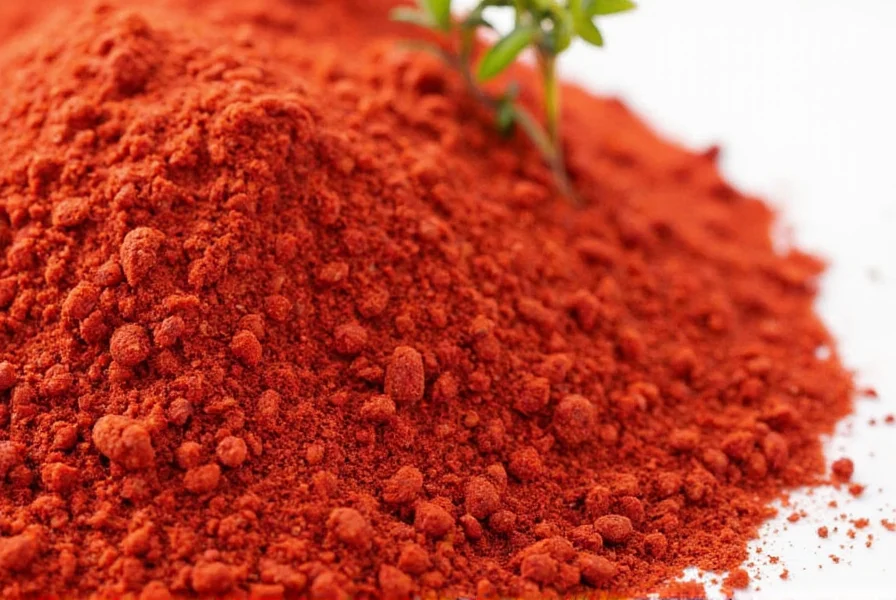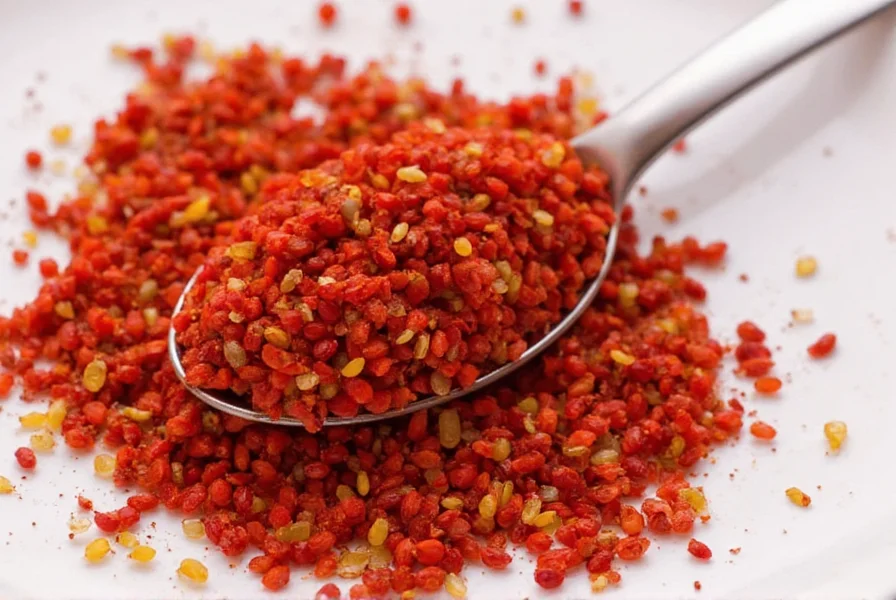When exploring the world of spices, few ingredients carry as much naming confusion as pimento berries. Many home cooks wonder: what exactly are pimento berries spice, and how do they differ from the allspice sitting in their pantry? The straightforward answer is that pimento berries are allspice—in its whole, unground form. This essential clarification forms the foundation for understanding how to properly select, store, and utilize this versatile spice in your culinary creations.
Understanding Pimento Berries: More Than Just a Name
The term "pimento" creates understandable confusion. In some regions, particularly in the United States, "pimento" refers to the sweet red bell pepper often found stuffed in olives. However, in spice terminology, pimento (or pimiento) berries come from the Pimenta dioica tree, native to the Greater Antilles, southern Mexico, and Central America. Spanish explorers named these berries "pimienta" (pepper) due to their pungent flavor, which later evolved into "pimento" in English.
Jamaica remains the largest producer of high-quality pimento berries, where they're often called "Jamaican pepper." The berries measure approximately 5-7mm in diameter and turn from green to a deep purple-black when ripe. Harvesters pick them just before ripening, then sun-dry them until they become hard, dark spheres with a distinctive aromatic profile.
Why Pimento Berries Equal Allspice: Clearing Up the Confusion
One of the most persistent misconceptions in spice cabinets is that pimento berries and allspice are different products. In reality, pimento berries are the whole form of allspice. When these dried berries get ground, they become the powder labeled "allspice" in most grocery stores.
The name "allspice" originated in England during the 17th century because the flavor profile resembles a combination of cinnamon, nutmeg, and cloves. Despite this blended flavor impression, allspice isn't a spice mixture—it's a single ingredient with a complex natural flavor chemistry. This explains why searching for what are pimento berries used for often leads to information about allspice applications.
| Characteristic | Pimento Berries (Whole) | Allspice (Ground) |
|---|---|---|
| Appearance | Small, dark berries (5-7mm) | Coarse to fine brown powder |
| Shelf Life | 2-3 years when properly stored | 6-12 months |
| Flavor Intensity | More complex, nuanced flavor | Milder, more uniform flavor |
| Best Uses | Stews, pickling, infusions | Baking, rubs, quick recipes |
Flavor Profile and Culinary Applications
Pimento berries deliver a remarkable flavor complexity that explains their global culinary significance. When crushed or ground, they release volatile oils containing eugenol (also found in cloves), caryophyllene (present in black pepper), and terpenes that create notes reminiscent of cinnamon and nutmeg.
Chefs seeking authentic how to use whole pimento berries in cooking techniques should note that whole berries work best in slow-cooked dishes where they can gradually release their flavors. Traditional applications include:
- Jamaican jerk seasoning - The foundation of authentic jerk marinades
- Pickling blends - Particularly for vegetables and fruits
- Stews and braises - Added early in cooking to infuse deep flavor
- Spiced beverages - From mulled wine to traditional Jamaican pimento dram
- Rice dishes - Similar to how bay leaves are used
For baking applications where a smoother texture is desired, freshly ground pimento berries outperform pre-ground allspice. The difference between using whole berries versus pre-ground allspice represents one of the most significant pimento berries storage tips professionals follow—whole spices retain their volatile oils much longer.

Maximizing Flavor: Storage and Preparation Techniques
Proper storage dramatically affects the quality of your pimento berries spice. Whole berries maintain their potency significantly longer than ground allspice. When stored in an airtight container away from light and heat, whole pimento berries retain optimal flavor for 2-3 years, while ground allspice begins losing potency after 6 months.
For the most intense flavor in your dishes, consider these professional techniques:
- Toast before grinding: Lightly toast whole berries in a dry skillet for 1-2 minutes until fragrant
- Grind fresh: Use a dedicated spice grinder or mortar and pestle just before cooking
- Infuse slowly: Add whole berries early in cooking processes for stews or braises
- Remove before serving: Whole berries remain hard after cooking and should be removed
When a recipe calls for ground allspice but you only have whole berries, use this conversion: 6 whole pimento berries roughly equals ¼ teaspoon of ground allspice. This knowledge proves invaluable when following traditional Caribbean recipes that specify whole berries.
Finding Authentic Pimento Berries and Substitutes
When searching for where to buy authentic pimento berries, look for products labeled "Jamaican allspice berries" or "Pimenta dioica berries." Reputable spice merchants often indicate the harvest year, as freshness significantly impacts flavor quality. Avoid products that appear dusty or have lost their deep color, as these indicate age and diminished potency.
If you need a pimento berries substitute in a pinch, combine these spices in the following ratio:
- 2 parts ground cinnamon
- 1 part ground nutmeg
- 1 part ground cloves
However, this blend only approximates the complex flavor of genuine pimento berries. For traditional Jamaican dishes like jerk chicken or pimento cheese, authentic berries provide an irreplaceable flavor dimension that substitutes cannot fully replicate.

Common Questions About Pimento Berries
Are pimento berries the same as allspice?
Yes, pimento berries are the whole, dried fruit of the Pimenta dioica tree, which when ground becomes what we call allspice. The name "allspice" was given because its flavor resembles a combination of cinnamon, nutmeg, and cloves, though it's actually a single spice.
Can I use bell peppers instead of pimento berries in recipes?
No, bell peppers (sometimes called pimentos) are completely unrelated to pimento berries. They come from different plant families and have entirely different flavor profiles. Using bell peppers instead of pimento berries would not provide the warm, complex spice flavor required in recipes calling for pimento berries.
How can I tell if my pimento berries are still fresh?
Fresh pimento berries should have a strong, aromatic scent when crushed and maintain a deep reddish-brown to almost black color. If they've lost their fragrance or appear faded, they've likely lost potency. Properly stored in an airtight container away from light and heat, whole pimento berries stay fresh for 2-3 years.
What's the best way to grind pimento berries at home?
For the finest powder, lightly toast the berries first in a dry skillet for 1-2 minutes until fragrant, then cool before grinding. A dedicated coffee/spice grinder works best for small quantities, though a mortar and pestle can also be used. Grinding just before use ensures maximum flavor retention compared to pre-ground allspice.
Are there any health benefits associated with pimento berries?
Pimento berries contain eugenol, which has antioxidant and anti-inflammatory properties. Traditional medicine has used them for digestive issues and as a natural pain reliever. However, they should be consumed as part of a balanced diet rather than as a medicinal treatment, and you should consult healthcare professionals for medical concerns.











 浙公网安备
33010002000092号
浙公网安备
33010002000092号 浙B2-20120091-4
浙B2-20120091-4